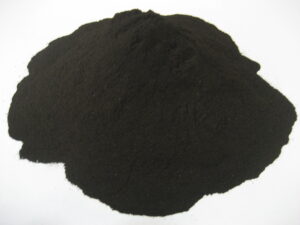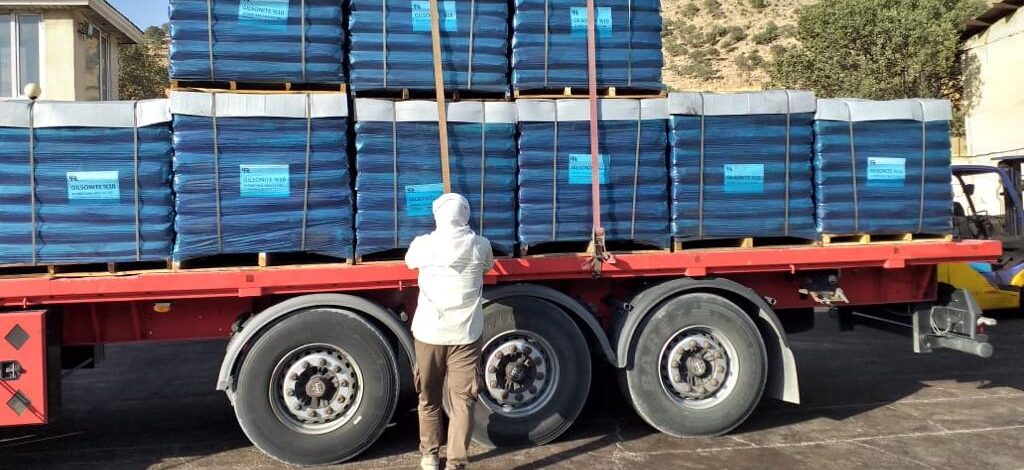A Step-by-Step Guide
Exporting Gilsonite: What You Need to Know
Gilsonite, also known as natural asphalt or uintaite, is a valuable mineral used in industries like road construction, oil drilling, and ink manufacturing. Due to its increasing global demand, exporting Gilsonite can be a profitable business. However, exporting this raw material requires careful planning, adherence to regulations, and a thorough understanding of international trade procedures.

This guide will walk you through the essential steps on how to export Gilsonite, ensuring a smooth and successful export process.
Step 1: Understanding the Global Market for Gilsonite
Before starting the export process, it’s important to research and understand the global market demand for Gilsonite. Countries with industries that use Gilsonite, such as oil and gas, construction, and manufacturing, are your potential buyers.
- Top importers of Gilsonite: Countries in the Middle East, Asia, and North America are major consumers of Gilsonite for drilling and road construction.
- Identifying target markets: Conduct market research to identify regions with high demand and set competitive pricing based on international standards.
Being aware of market trends will allow you to target the right countries and price your product competitively.
Step 2: Compliance with Export Regulations
Obtain the Necessary Export Licenses
To export Gilsonite, you must comply with both the exporting country’s regulations and the importing country’s requirements. This often includes:
- Export licenses: Apply for an export license from the relevant government authority in your country.
- Customs clearance: Familiarize yourself with customs procedures in the destination country, as each country has specific guidelines for importing mineral products like Gilsonite.
Ensure that you have all required documentation, such as bills of lading, certificates of origin, and commercial invoices, to avoid delays.
Environmental and Safety Regulations
Depending on the country, there may be environmental and safety regulations you must follow when exporting Gilsonite. Some countries have strict controls on natural resource extraction and transportation, requiring documentation that proves responsible mining practices. Compliance with these regulations is crucial for successful exports.
Step 3: Packaging and Transportation of Gilsonite
Gilsonite is typically exported in bulk quantities, so proper packaging and transportation are key to preserving its quality during shipment.
Packaging Requirements
Ensure that Gilsonite is packaged securely to prevent contamination or damage during transit. It is commonly shipped in:
- Jumbo bags: Large, durable bags used for bulk materials, typically made from woven polypropylene.
- Sealed containers: For higher-value shipments, using sealed containers can protect the material from moisture and other external factors that might degrade its quality.
Proper labeling with clear product information, weight, and destination details is essential for smooth customs clearance.
Selecting the Right Shipping Method
The shipping method you choose will depend on the quantity of Gilsonite being exported and the destination. The two most common options are:
- Sea Freight: Ideal for large quantities and long distances, sea freight offers cost-effective solutions for bulk exports.
- Air Freight: If you’re dealing with smaller, high-value shipments, air freight is faster but generally more expensive.
Step 4: Finding Buyers and Negotiating Contracts
To succeed in exporting Gilsonite, you need to build relationships with international buyers. Consider the following strategies:
- Trade shows and exhibitions: Attend industry-specific trade shows and exhibitions where you can meet potential buyers worldwide.
- Online marketplaces: Register on export platforms that connect suppliers with global buyers.
- Networking: Build relationships with importers, distributors, and industry professionals to establish long-term partnerships.
Once you’ve identified potential buyers, negotiating a contract is crucial. Clearly outline the delivery terms (Incoterms), payment methods, and quality specifications to avoid misunderstandings.
Step 5: Managing Payments and Insurance
When exporting internationally, ensuring secure payment methods is crucial. Common options include:
- Letter of Credit (LC): One of the most secure payment methods for international trade, where a bank guarantees the buyer’s payment.
- Telegraphic Transfer (TT): Direct bank-to-bank transfer, often used for initial deposits or smaller orders.
Additionally, securing insurance for the shipment is recommended to cover any potential losses or damages during transit. Cargo insurance is commonly used to safeguard the value of Gilsonite exports.

